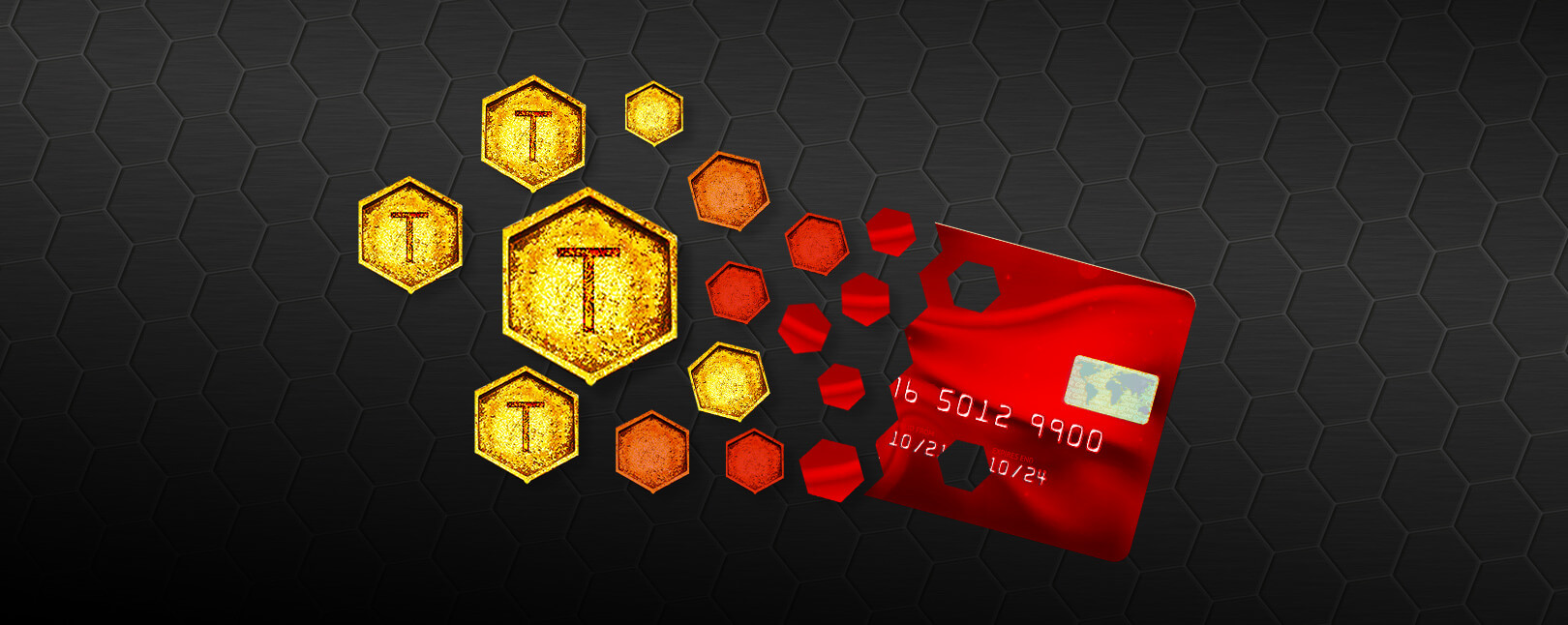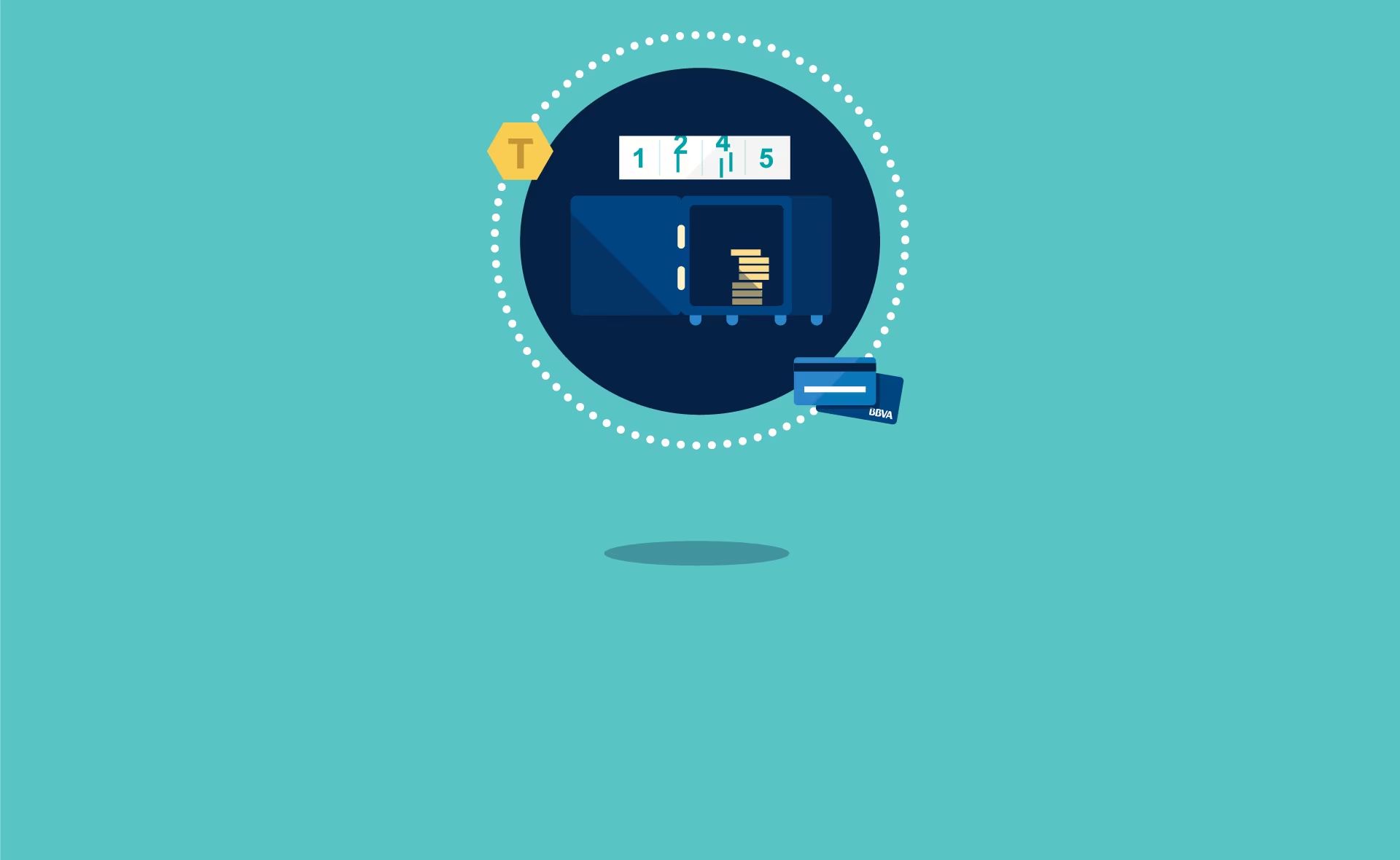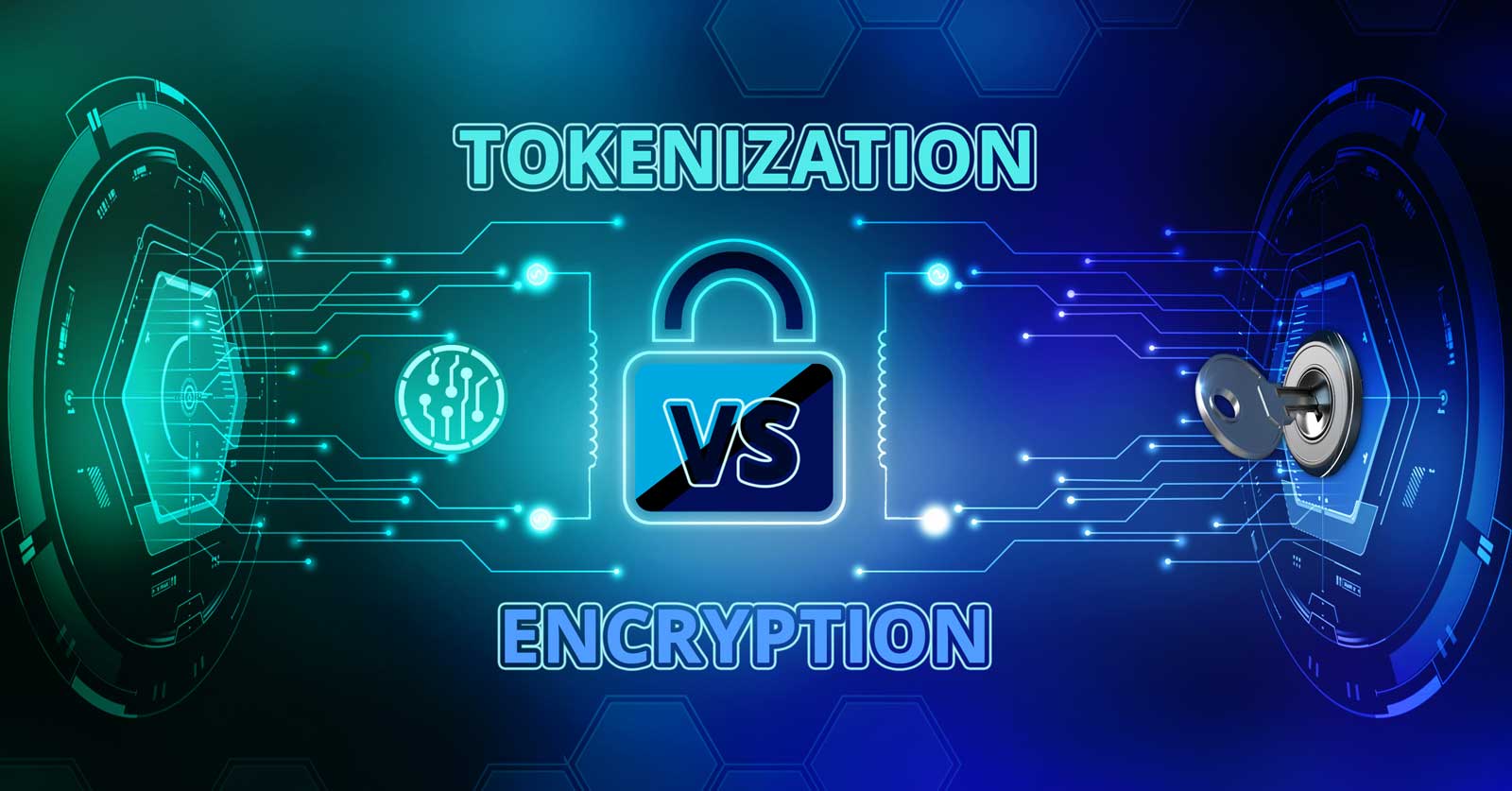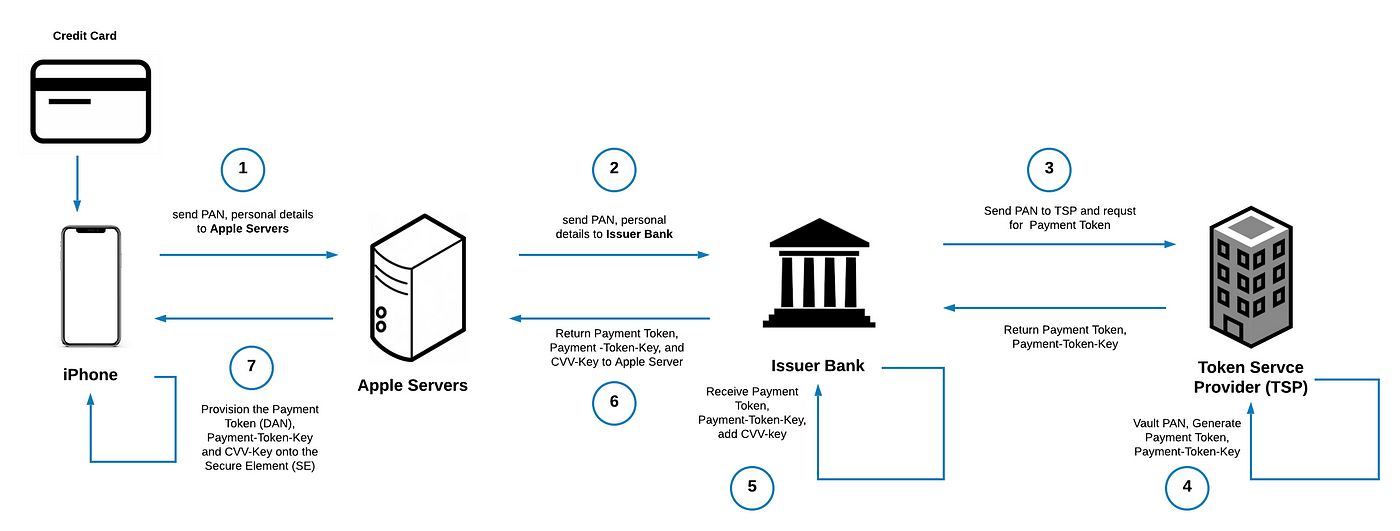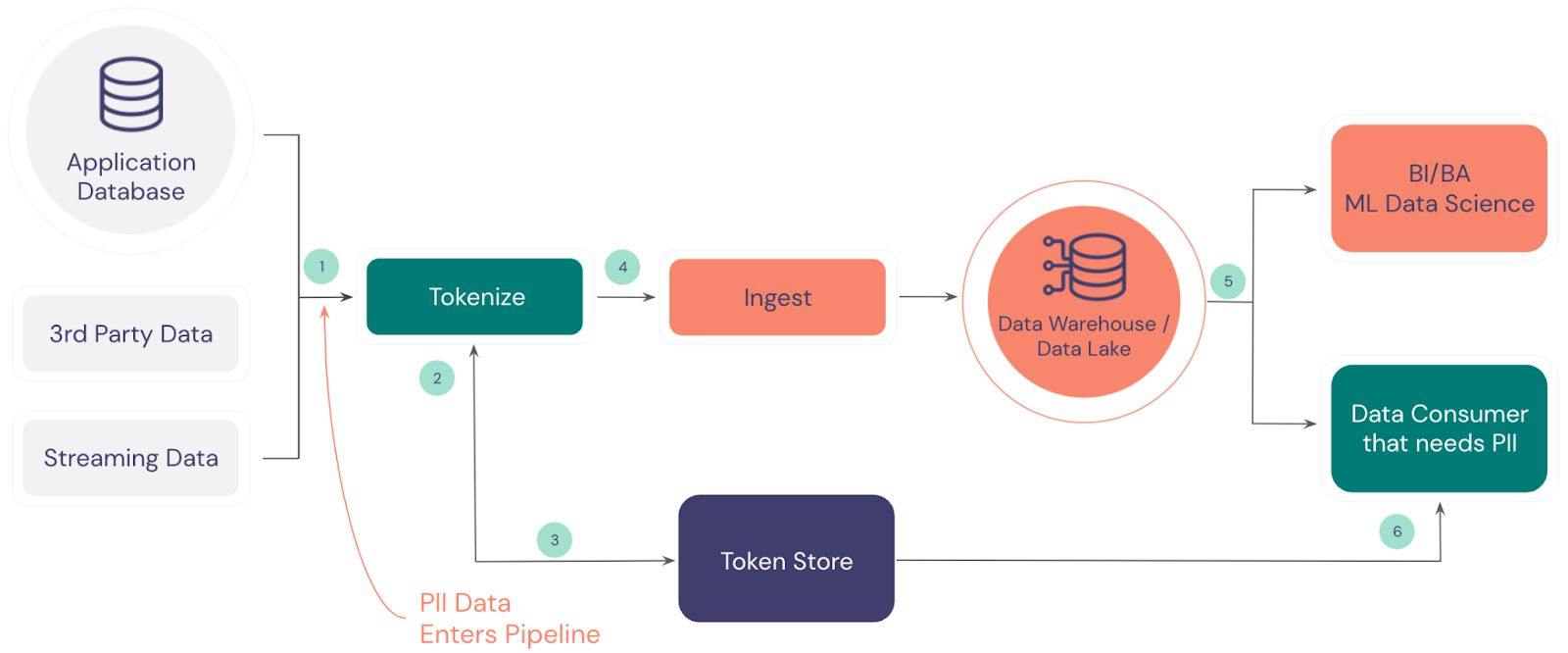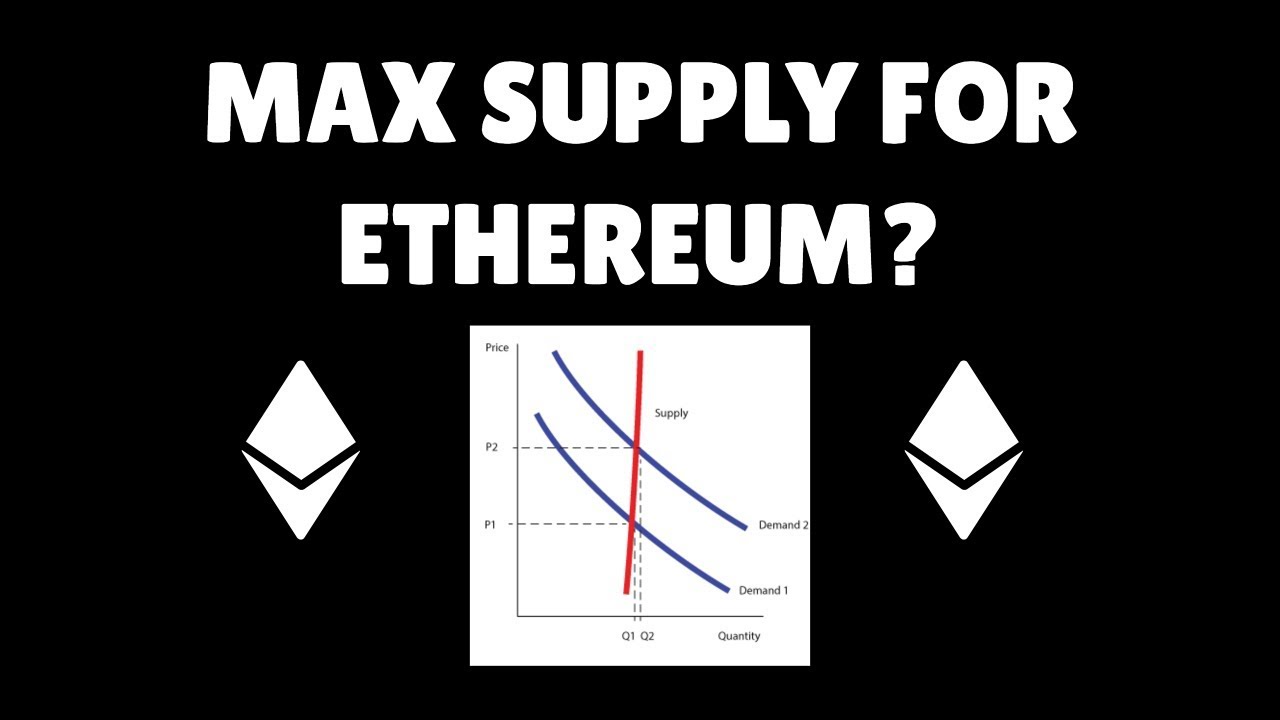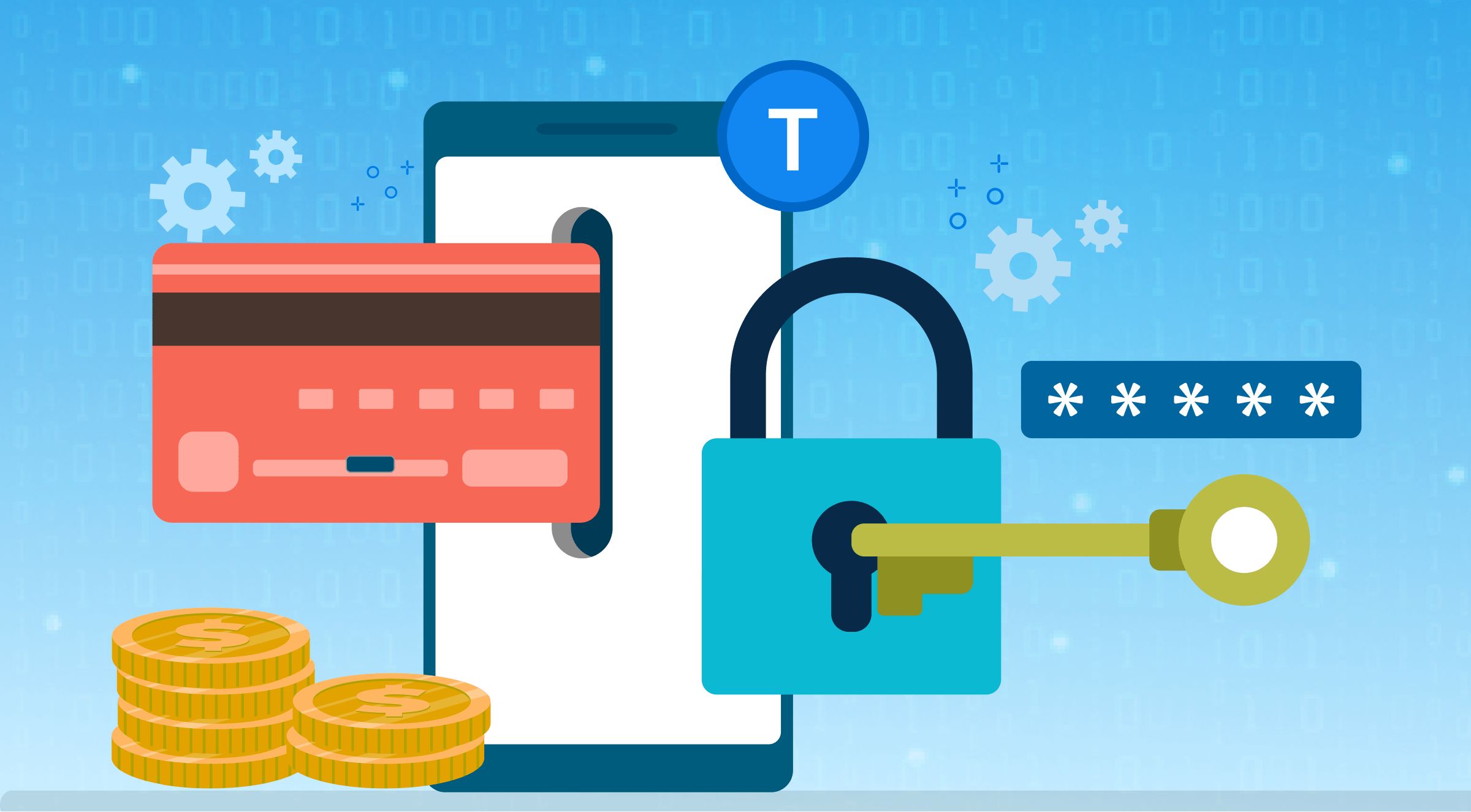Introduction
Cryptocurrency has revolutionized the financial landscape and opened up new possibilities for digital transactions. Within the world of cryptocurrency, the concept of tokenization has gained significant attention. Tokenization is a process that converts real-world assets or information into digital tokens, which can then be stored, transferred, and managed on blockchain platforms. This innovative technology has the potential to disrupt traditional systems and offers numerous benefits for businesses and individuals alike.
Tokenization is not limited to the realm of cryptocurrency; it has applications in various industries such as finance, healthcare, supply chain, and real estate. By leveraging the power of blockchain technology, tokenization enhances security, efficiency, and transparency in digital transactions. This article will delve into the concept of tokenization, explore its significance, and discuss how it works. We will also examine different tokenization methods and techniques, highlight the advantages it offers, and explore its applications in different industries.
Understanding tokenization is vital for businesses and individuals looking to harness the potential of blockchain and digital assets. By tokenizing assets, businesses can streamline processes, reduce costs, and enhance security. Individuals can benefit from increased accessibility, liquidity, and ownership rights over their digital assets. However, like any disruptive technology, tokenization presents its own set of challenges and concerns that need to be addressed.
In this article, we will also compare tokenization with encryption, another popular method of securing digital data. By understanding the differences between tokenization and encryption, businesses can make an informed choice when it comes to protecting sensitive information. By the end of this article, readers will have a comprehensive understanding of tokenization and its potential impact on various industries.
What is Tokenization?
Tokenization is the process of converting sensitive data, such as credit card numbers, personal identification numbers (PINs), or even physical assets, into a unique digital token. This token acts as a representation of the original data but does not reveal any of the sensitive information itself. The token is stored securely in a system, often a blockchain, providing a layer of protection against data breaches and unauthorized access.
The purpose of tokenization is to enhance data security by removing sensitive information from the network or system where it is stored or transmitted. By tokenizing data, businesses and individuals can significantly reduce the risk of unauthorized access and data breaches. Even if a token is intercepted, it holds no meaningful value or sensitive information that can be exploited.
The tokenization process involves several steps. First, the sensitive data is identified and classified. This could include credit card numbers, social security numbers, or any other type of sensitive information. Next, the data is processed using an algorithm to generate a unique token. This token is usually a random string of characters, and it is mathematically impossible to reverse-engineer the original data from the token.
Once the token is generated, it can be securely stored in a database or on a blockchain. The original sensitive data is then either deleted, encrypted, or stored in a separate highly secure location. When there is a need to retrieve the original data, the token is used as a reference to identify and access the corresponding information.
It is important to note that tokenization is different from encryption. While encryption transforms data into unreadable format using cryptographic algorithms, tokenization replaces the sensitive data completely with a randomly generated token. This key distinction makes tokenization a more secure method of data protection, as there is no original data to decrypt.
Tokenization is not limited to just financial data. It can also be applied to other types of assets, such as real estate properties, artwork, or intellectual property. By tokenizing physical assets, ownership rights can be transferred digitally, eliminating the need for traditional paperwork and intermediaries. This opens up new possibilities for fractional ownership, increased liquidity, and efficient asset management.
Why is Tokenization Important?
Tokenization plays a crucial role in enhancing data security and transforming various industries. Here are some key reasons why tokenization is important:
- Data Protection: With the increasing frequency and sophistication of cyberattacks, protecting sensitive data has become a top priority for businesses. Tokenization helps safeguard data by removing sensitive information from systems and databases. Even if a breach occurs, hackers will only obtain meaningless tokens, rendering the information useless.
- Compliance with Regulations: Many industries, such as healthcare and finance, have strict regulatory requirements regarding the storage and transmission of sensitive data. Tokenization enables businesses to meet these compliance standards by effectively securing data while still allowing for necessary operations and analysis.
- Minimizing Fraud: Tokenization is an effective measure against fraud. By replacing sensitive data with tokens, businesses reduce the risk of unauthorized access and identity theft. Tokens have no intrinsic value and cannot be used for fraudulent activities, making it extremely difficult for malicious actors to exploit the data.
- Streamlining Payments: In the realm of finance, tokenization streamlines payment processes by securely storing and transmitting credit card information. Rather than sharing actual card details with merchants, a token is used, reducing the exposure of sensitive data and simplifying payment transactions.
- Facilitating Financial Inclusion: Tokenization has the potential to provide financial inclusion to underserved populations. By tokenizing assets such as real estate or artwork, ownership can be digitally transferred, allowing for fractional ownership and increased accessibility to valuable assets that were once out of reach for many individuals.
Overall, tokenization offers a comprehensive solution to the data security challenges faced by businesses and individuals. It provides a secure and efficient way of handling sensitive information while ensuring compliance with regulations and minimizing the risk of fraud. As industries continue to embrace digital transformation, the importance of tokenization will only grow, offering unparalleled security and convenience in the digital realm.
How does Tokenization Work?
Tokenization involves a multi-step process that ensures the secure conversion of sensitive data into tokens. Here’s an overview of how tokenization works:
- Data Identification and Classification: The first step in tokenization is to identify and classify the data that needs to be tokenized. This could include credit card numbers, social security numbers, or any other sensitive information. It is important to clearly define what data needs to be tokenized to ensure maximum security.
- Token Generation: Once the sensitive data is identified, it is processed using an algorithm to generate a unique token. This token is typically a random string of characters and has no correlation to the original data. The tokenization system ensures that each token generated is unique and cannot be associated with any specific individual or piece of data.
- Token Storage: The generated tokens are securely stored in a database or on a blockchain. It is important to employ robust security measures to protect the tokenized data from unauthorized access. Encryption and access controls are commonly used to safeguard the token storage system.
- Original Data Handling: Once the tokens are generated and stored, the original sensitive data is either deleted, encrypted, or stored in a separate and highly secure location. By removing or securing the original data, the risk of data breaches and unauthorized access is significantly reduced. This process ensures that even if a token is intercepted, it holds no valuable information that can be exploited.
- Token Retrieval: When there is a need to retrieve the original data associated with a token, the token is used as a reference. The token is passed to the tokenization system, which then accesses the corresponding original data securely. This allows authorized users to retrieve the necessary information while maintaining the confidentiality and security of the data.
It’s important to note that tokenization is different from encryption. Encryption transforms data into an unreadable format using cryptographic algorithms, while tokenization replaces the sensitive data with a randomly generated token. This distinction makes tokenization more secure, as there is no original data to decrypt. Moreover, tokenization avoids the overhead of encrypting and decrypting data, providing faster and more efficient data handling.
The tokenization process provides businesses and individuals with a secure method of handling sensitive data. By replacing sensitive information with tokens, the risk of data breaches and unauthorized access is significantly reduced. Tokenization is widely used in industries such as finance, healthcare, and retail, where the protection of sensitive customer information is of utmost importance.
Tokenization Methods and Techniques
Tokenization employs different methods and techniques to ensure the secure transformation of sensitive data into tokens. Here are some commonly used tokenization methods:
- Format-Preserving Tokenization: This method retains the format and characteristics of the original data while still generating a token. For example, a credit card number tokenized using this method will preserve the number of digits and maintain the same pattern, such as the separation of numbers into groups of four.
- Hashing: Hashing is a cryptographic technique that generates a unique string of characters, known as the hash, based on the input data. This method is commonly used in tokenization to transform sensitive data into tokens. The generated hash is irreversible, meaning that it cannot be converted back to the original data.
- Random Tokenization: In this method, tokens are randomly generated without any specific relation to the original data. Random tokens are not reversible, ensuring that the original data remains confidential even if the token is intercepted.
- Secure Tokenization Vaults: Secure vaults are used to store and manage the tokens generated during the tokenization process. These vaults implement stringent security measures, such as encryption and access controls, to protect the tokenized data from unauthorized access.
- Dynamic Tokenization: This technique generates different tokens each time the same data is tokenized. It adds an additional layer of security by ensuring that tokens are not consistent across multiple transactions or instances.
Additionally, tokenization can employ various techniques to enhance security and privacy, such as tokenization with client-controlled encryption keys. In this approach, the original data is encrypted by the client device using their encryption keys, and the encrypted data is tokenized. The client retains control over their keys, providing an extra layer of security and control over the tokenization process.
Furthermore, tokenization methods can vary based on the industry and specific requirements. For example, in the healthcare sector, tokenization methods may focus on preserving the data’s contextual information for research and analysis while protecting sensitive patient information. In the financial industry, the emphasis may be on preserving the format and structure of data for seamless payment processes while ensuring the security of sensitive financial information.
Overall, tokenization methods and techniques are continuously evolving to address the ever-changing landscape of data security. By leveraging these techniques, businesses can safely store and transmit sensitive data while minimizing the risk of data breaches and unauthorized access.
Benefits and Advantages of Tokenization
Tokenization offers numerous benefits and advantages for businesses and individuals alike. Here are some key advantages of implementing tokenization:
- Enhanced Data Security: Tokenization enhances data security by replacing sensitive information with tokens that hold no valuable data. This significantly reduces the risk of data breaches and unauthorized access, as tokens provide no meaningful information to malicious actors.
- Reduced Compliance Burden: Tokenization helps businesses comply with industry regulations and data protection standards. By tokenizing sensitive data, businesses can effectively protect customer information while still meeting regulatory requirements for data security and privacy.
- Simplified Payment Processes: In the realm of finance, tokenization streamlines payment processes. Instead of sharing credit card details with merchants, customers can use tokens for payments, reducing the risk of data exposure and simplifying transactions.
- Efficient Fraud Prevention: Tokenization adds an extra layer of security against fraud. With no sensitive information associated with tokens, they become useless if intercepted. This safeguards against identity theft, unauthorized transactions, and other fraudulent activities.
- Improved Customer Trust: By employing tokenization, businesses demonstrate a commitment to protecting customer data. This builds trust among customers, as they feel more confident in sharing their information with organizations that prioritize data security and privacy.
- Increased Scalability: Tokenization enables businesses to scale their operations without compromising data security. As tokens can be efficiently managed and stored, businesses can handle large volumes of transactions and data without overburdening their systems.
- Easy Integration: Integrating tokenization into existing systems and processes can be relatively straightforward. Many tokenization solutions offer seamless integration options, allowing businesses to adopt the technology with minimal disruptions.
- Flexibility in Asset Ownership: Tokenization extends beyond financial data. By tokenizing physical assets such as real estate or artwork, ownership rights can be digitally transferred. This opens up new possibilities for fractional ownership, increased liquidity, and efficient asset management.
These benefits demonstrate the significant advantages that tokenization brings to data security, compliance, payment processes, fraud prevention, and customer trust. By implementing tokenization, businesses can protect sensitive data, streamline operations, and build a solid foundation for secure and efficient digital transactions.
Tokenization in Different Industries
Tokenization has wide-ranging applications across various industries, revolutionizing how sensitive data is managed and transactions are conducted. Let’s explore how tokenization is implemented in different sectors:
- Finance: In the financial industry, tokenization is used to secure payment transactions. By tokenizing credit card information, businesses can reduce the risk of data breaches and fraud. Additionally, tokenization enables the creation of digital wallets, making transactions more convenient and secure.
- Healthcare: The healthcare sector deals with sensitive patient data, making tokenization crucial for protecting personal health information (PHI). Tokenization allows healthcare organizations to store and transmit PHI securely while complying with strict regulations, such as the Health Insurance Portability and Accountability Act (HIPAA).
- Retail: Retailers leverage tokenization to secure customer payment information, especially for online transactions. By eliminating the need to store actual credit card details, tokenization reduces the risk of data breaches and builds customer trust. It also facilitates recurring payments, enabling subscription-based models.
- Supply Chain: Tokenization is used in supply chain management to enhance transparency and traceability. By tokenizing products and their associated data, the supply chain can be tracked efficiently, reducing the risk of counterfeiting, improving product recalls, and optimizing inventory management.
- Real Estate: Tokenization of real estate assets enables fractional ownership and increases liquidity in the market. By transforming physical properties into digital tokens, individuals can easily invest in real estate and gain exposure to the market without the traditional barriers of large capital requirements or complex paperwork.
- Art and Collectibles: Tokenization is being adopted in the art world to increase accessibility and liquidity. By tokenizing artworks and collectibles, ownership rights can be digitally transferred and shared. This opens up investment opportunities and democratizes access to valuable assets that were previously exclusive to a privileged few.
The applications of tokenization go beyond these industries, with potential uses in intellectual property, insurance, energy, and more. With the increasing adoption of blockchain technology, tokenization is poised to reshape various sectors, providing enhanced security, efficiency, and new business models.
Challenges and Concerns with Tokenization
While tokenization offers significant benefits, it also presents certain challenges and concerns that need to be addressed. Here are some key challenges and concerns associated with tokenization:
- Integration Complexity: Implementing tokenization into existing systems and processes can be complex, especially for large enterprises with legacy systems. Integration may require significant time, resources, and expertise to ensure a seamless transition without disrupting business operations.
- Data Privacy: While tokenization enhances data privacy, there are concerns about the security and privacy measures surrounding tokens themselves. Unauthorized access to tokenization systems or compromised token storage could pose risks, compromising the confidentiality of sensitive data.
- Token Management and Tracking: Managing and tracking tokens can be challenging, especially when dealing with a large volume of transactions or assets. Clear protocols and systems must be in place to ensure the accurate correlation between tokens and original data, especially in scenarios that require retrieval or updating of information.
- Dependency on Tokenization Providers: Businesses that opt for third-party tokenization services rely on the provider’s security measures and infrastructure. It’s crucial to carefully vet and choose reliable tokenization service providers to maintain data integrity and trust.
- Data Migration and Portability: Businesses must consider the portability and migration of tokenized data when transitioning between different systems or providers. It is important to ensure that tokens generated from one system can be safely used and interpreted in a different tokenization environment.
- Regulatory Compliance: Tokenization brings regulatory considerations, especially in industries with stringent data protection regulations. Organizations must navigate compliance obligations and ensure that tokenization processes align with relevant industry-specific regulations such as GDPR, HIPAA, or PCI DSS.
- Adoption and Standardization: The adoption of tokenization across industries and interoperability among different tokenization systems is still evolving. Establishing industry standards and best practices can help streamline the adoption process and ensure compatibility across different systems and platforms.
Addressing these challenges requires careful planning, proactive risk assessment, and continuous monitoring of tokenization processes. Businesses should collaborate with technology and security experts to mitigate these concerns and ensure the successful implementation of tokenization for optimal data security and privacy.
Tokenization vs Encryption
Tokenization and encryption are two distinct methods used to protect sensitive data. While both techniques contribute to data security, they differ in their approach and level of protection. Let’s explore the differences between tokenization and encryption:
- Methodology: Encryption transforms sensitive data into an unreadable format using cryptographic algorithms. The original data is encrypted into a ciphertext using a secret encryption key, which can be decrypted back to its original form when needed. On the other hand, tokenization replaces sensitive data with randomly generated tokens that have no direct relationship to the original data. Tokens do not go through the process of encryption and decryption.
- Reversibility: Encryption is reversible, meaning that the ciphertext can be decrypted back to its original form using the appropriate decryption key. In contrast, tokenization is not reversible. Tokens are randomly generated and have no intrinsic relationship with the original data. It is mathematically impossible to reverse-engineer the original data from the tokens.
- Security: Both encryption and tokenization contribute to data security, but in different ways. Encryption secures data by making it unreadable, but the encrypted data can still be potentially decrypted if the encryption key is compromised. Tokenization, however, completely removes sensitive data from the system, significantly reducing the risk of data breaches. Even if a token is intercepted, it holds no valuable information that can be exploited.
- Operational Efficiency: Encryption adds an overhead in terms of encrypting and decrypting data when it is needed. This process can slow down data operations, especially in large-scale systems. Tokenization, on the other hand, can offer faster and more efficient data handling, as tokens are simple and do not require complex encryption and decryption processes.
- Compliance: Both encryption and tokenization can assist businesses in meeting regulatory compliance requirements. Encryption is widely used to protect data in transit or at rest. Tokenization is also considered a valid method for protecting sensitive data in compliance with regulations such as the Payment Card Industry Data Security Standard (PCI DSS) or the Health Insurance Portability and Accountability Act (HIPAA).
In practice, encryption and tokenization are often used together to provide multiple layers of data security. For example, sensitive data can be encrypted in transit or at rest, and then tokenized for use within a secure system. This combination ensures the highest level of protection for sensitive information.
The choice between tokenization and encryption depends on the specific requirements of the system, the sensitivity of the data, and the desired level of security. Organizations should carefully evaluate their needs and consult with security experts to determine the most appropriate approach or combination of techniques to safeguard their data effectively.
Conclusion
Tokenization is a powerful technique that enables secure data handling and transactions in various industries. By converting sensitive data into tokens, businesses and individuals can enhance data security, streamline operations, and comply with regulatory requirements. Tokenization offers several advantages, including enhanced data protection, simplified payment processes, fraud prevention, and increased customer trust.
The tokenization process involves generating unique tokens that have no direct correlation to the original data. These tokens are securely stored in systems or on blockchains, while the original data is either deleted, encrypted, or stored separately. This approach ensures that even if a token is intercepted, it holds no meaningful value or sensitive information.
While tokenization brings significant benefits, there are challenges that need to be overcome, such as integration complexity, ensuring data privacy, token management, and regulatory compliance. These challenges require careful planning, implementation, and continuous monitoring to ensure the effective and secure use of tokenization.
Tokenization differs from encryption in terms of methodology, reversibility, and level of security. Encryption transforms data into an unreadable format using encryption keys, while tokenization completely removes sensitive data from the system, reducing the risk of data breaches. Both techniques have their own advantages and may be used in combination to provide multiple layers of data security.
As businesses continue to adopt digital technologies and grapple with the increasing threat of data breaches, tokenization emerges as a valuable solution for protecting sensitive information. By implementing tokenization, organizations can minimize the risk of data breaches, enhance trust, and optimize their operations in an increasingly digitized world.







